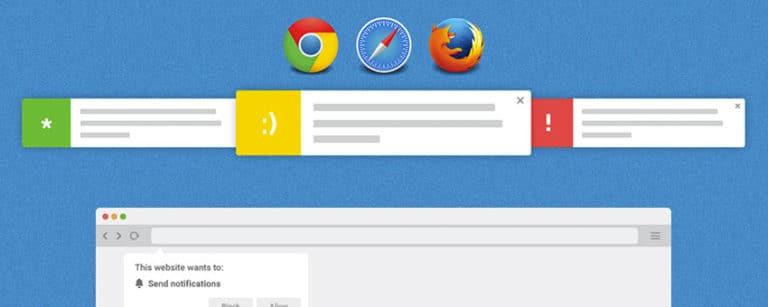Why You Should Consider Headless E-Commerce
Using a content management system, such as WooCommerce, for your website provides an all-in-one solution for business owners with little or no custom coding. Many website developers are familiar with the approach, but it’s restrictive, providing limited options for creating a user interface. Having multiple front ends for different purposes is difficult. But fortunately, there is a more flexible and scalable approach that separates the front and back ends and uses an API to communicate between them. Many businesses, especially enterprise-level companies with complex requirements, have been moving to headless e-commerce systems with custom front ends. Let’s explore what headless e-commerce looks like.
What Does Headless E-Commerce Mean?
Many e-commerce systems build on an integrated CMS, such as WordPress or Magento. A business taking this approach gets a complete web application and the ability to customize it. Add-ons are also usually available to extend it. It’s fine enough, as long as its front-end capabilities suit your needs, but it’s not ideal. Especially for SEO purposes, where these add-ons could slow down your page load speed!
A headless e-commerce system consists only of the back end. It supports a database, transaction management, pricing options, calculation of shipping and taxes, security management, and so on. But what it doesn’t provide is a user interface. Instead, it provides an API that any suitable front end can talk to.
The front end, usually your website’s theme or template, can use any technology. It doesn’t even have to be a website; it could be a standalone application or a voice-controlled device. Alternatively, it can be a commercial product designed to work with the back end, or it can be a one-of-a-kind code. A headless back end can work simultaneously with multiple front ends using different technologies.
The headless approach gives businesses full freedom in the design of the user interface. The downside is that it requires more development work than a tightly coupled CMS.
Improving Your WooCommerce Site Using the Headless Approach
Although many businesses use WordPress just as a way to use WooCommerce and its family of add-ons, they might prefer a different front-end approach. WordPress can run as a headless CMS, and WooCommerce adds headless features of its own. By taking this approach, a business still gets the familiar functionality of WooCommerce, but they’re not tied to WordPress for the user interface. Yes, with headless e-commerce, it’s possible to go beyond the WooCommerce template files!
WordPress and WooCommerce can work with REST APIs, which every software developer is familiar with. Alternatively, a front end can use the WooGraphQL query language, which is based on WordPress’s WPGraphQL. Interfaces like this are also familiar to developers, and they provide a richer set of query options.
The Advantages of Headless E-Commerce
Businesses looking beyond generic websites have been increasingly attracted to the headless approach. Here are some of the reasons:
- Flexibility in designing the user experience. Going headless removes all limits on how a site or application can look. It can fully reflect a company’s branding and present information in any desired way. Different access portals can have completely different interfaces.
- Use of the latest technologies. WordPress has been around since the beginning of the century. Many developers consider it to be an old technology and would rather use modern site building approaches, such as React and JamStack. They can create sites that are more efficient, more adaptable to different devices, and more secure.
- A leaner, more efficient front end. Content management systems can fit many needs. This leads to code bloat, reduced efficiency, and longer load times. A dedicated front end needs only the functionality it uses.
- Better security. Nearly everyone uses WordPress, so criminals spend lots of time looking for weaknesses in its codebase and plugins. A well-designed front end, designed from the beginning with security in mind, isn’t as attractive a target. Its separation from the back end makes it harder to launch attacks on the business logic.
- Multiple front ends for different uses. Headless e-commerce isn’t limited to websites. The front end could be a downloadable application, a progressive web application (PWA), a PoS terminal, a voice device, or something that hasn’t been invented yet. Different brands owned by a company can look entirely different. One back end can provide API connections to all of them simultaneously.
- Ease of modification. If necessary, an entire front end can be replaced without affecting the underlying business logic. New features can be added without worrying about whether the CMS front end supports them.
Should You Move to Headless E-Commerce?
A headless e-commerce back end offers significant advantages to a company that needs its benefits and can put in the necessary effort. But an all-in-one solution is simpler for businesses that have less extensive needs and a more limited budget. If what you need is just a website that lets visitors make purchases, then a headless server may be too extravagant. Goals that make headless worth considering include multiple interfaces, the best possible load speeds, and a highly distinctive user experience. The best way to go is up to you, and Zen Agency can help. Contact us today to get started!


















